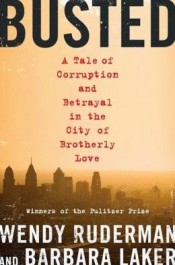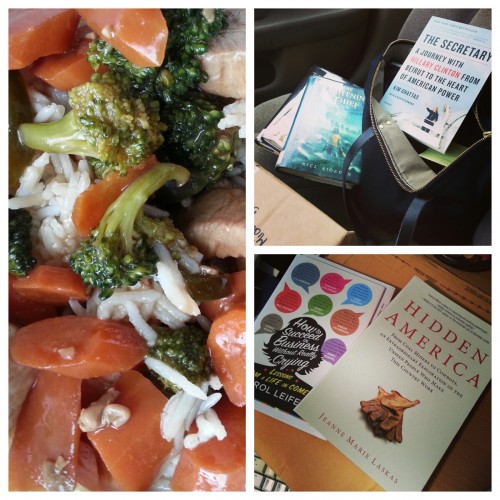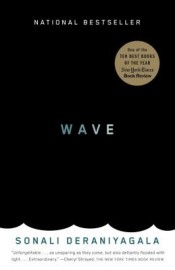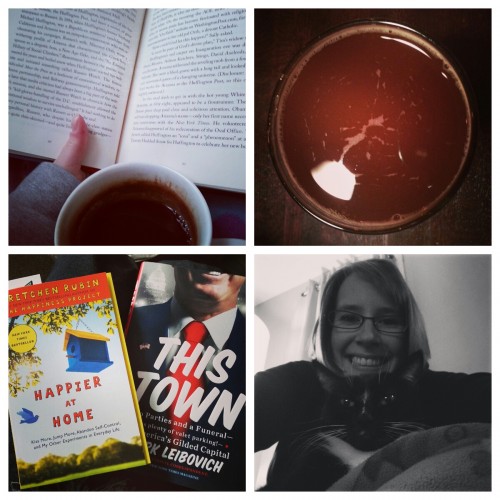Earlier this year, a friend and fellow book lover Rebecca Schinsky wrote a piece for Book Riot about her “radical reading (unplan).” In it, she argued that the best way to decide what to read is to throw away all of the book lists:
Delete the anxiety-inducing, peer pressure-based apps. Break up with the social networks and the reading challenges and the book clubs we like attending because the people are great even though we never finish the books. We kick prescriptive reading plans to the curb. We remind ourselves that there are no “shoulds” in the reading life, that there are myriad reasons for reading, and that we can read whatever we want, whenever we want, for whatever reason floats our bookish boats. We are not beholden to the list of hundreds or thousands of want-to-read titles we’ve been tracking for years. We are not the same people we were when we began those lists, and it is not only okay but actually good for us to do some culling.
When I read Rebecca’s piece I wanted to throw my hands up into the air and yell, “Hell yes!” She inspired me to delete all of my wishlists and to read lists and start over fresh. It was a liberating, exciting moment and I haven’t looked back.
But the one thing I haven’t done is stop making a monthly reading plan. I’ve found that developing a flexible short list of books to consider for the month helps me read more and read more efficiently because it eliminates the paralyzing paradox of choice.
The Paradox of Choice
In 2010 I read a book that changed the way I thought about how we make choices: The Art of Choosing by Sheena Iyengar. Iyengar is a business professor at Columbia Business School in New York City. Her research on choice has been featured across disciplines, reaching into economics, psychology, management and marketing.
One of Iyengar’s most famous studies is the Jam Study, which illustrates the hazards of having too many choices. To complete the study, Iyengar and several graduate students posed as representatives of a British jam supplier in a San Francisco supermarket. At a booth near the entrance of the store, two graduate students offered an array of jams for customers to try, switching every hour between a selection of 24 flavors or a selection of six flavors.
Another student assistant took up a post behind an assortment of cookware to note how many people opted to taste the jam. About 60 percent of shoppers sampled from the large assortment, but only 40 percent tasted when there were fewer options.
Another graduate student was working incognito in the jam aisle, noting the behavior of customers who had taken a taste at the booth. He observed that “people who had sampled the large assortment were quite puzzled. They kept examining different jars, and if they were with other people, they discussed the relative merits of the flavors. This went on for up to ten minutes, at which point many of them left empty-handed.
“By contrast, those who had seen only six jams seemed to know exactly which one was right for them. They strode down the aisle, grabbed a jar in a quick minute – lemon curd was the favorite – and continued with the rest of their shopping.”
At the end of the study, Iyengar and her students discovered that 30 percent of the people who had seen the small assortment of jam made a purchase, but only three percent bought a jar after seeing the large assortment.
Her conclusion was this:
The expansion of choice has become an explosion of choice, and while there is something beautiful and immensely satisfying about having all of this variety at our fingertips, we also find ourselves beset by it.
Having too many choices can be paralyzing, and it can make us feel dissatisfied by the choice we end up making.
Making Reading Choices
This is how I feel about my reading. I have hundreds of books on my shelves and access to thousands, millions, more through my local library or ebooks. The prospect of choosing my next read from that huge number of books paralyzes me.
Rather than make a choice, I’ll flit between several books, trying to read ALL THE THINGS without feeling satisfied by any of them. Or, I’ll just give up entirely and spend the evening watching television.
The thing that makes the book list work for me is that I don’t feel bound to stick with it. If my mood pulls me towards a book that’s “off list,” I go for it. If a library hold comes in that I want to read immediately, I do that. Books with upcoming release dates often get added to the list, but I don’t feel obligated to read them (even if it’s a review copy, which is an entirely different post).
But when I’m not sure what I want to read next, having the list makes my choices better. It’s easier to choose from a smaller set and I usually feel more satisfied with the choice that I got to make. Reading without a plan works for some people, but I know that I’m a person who can be paralyzed by too many choices, which makes a flexible list work for me.
Some of this piece originally appeared in a column that I wrote for the newspaper that pays the rent.









